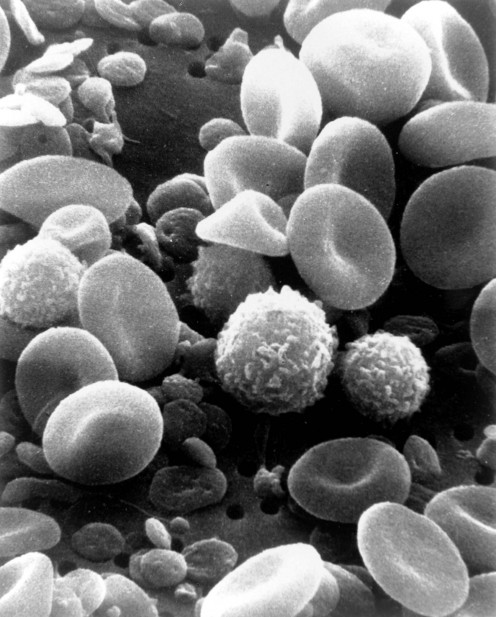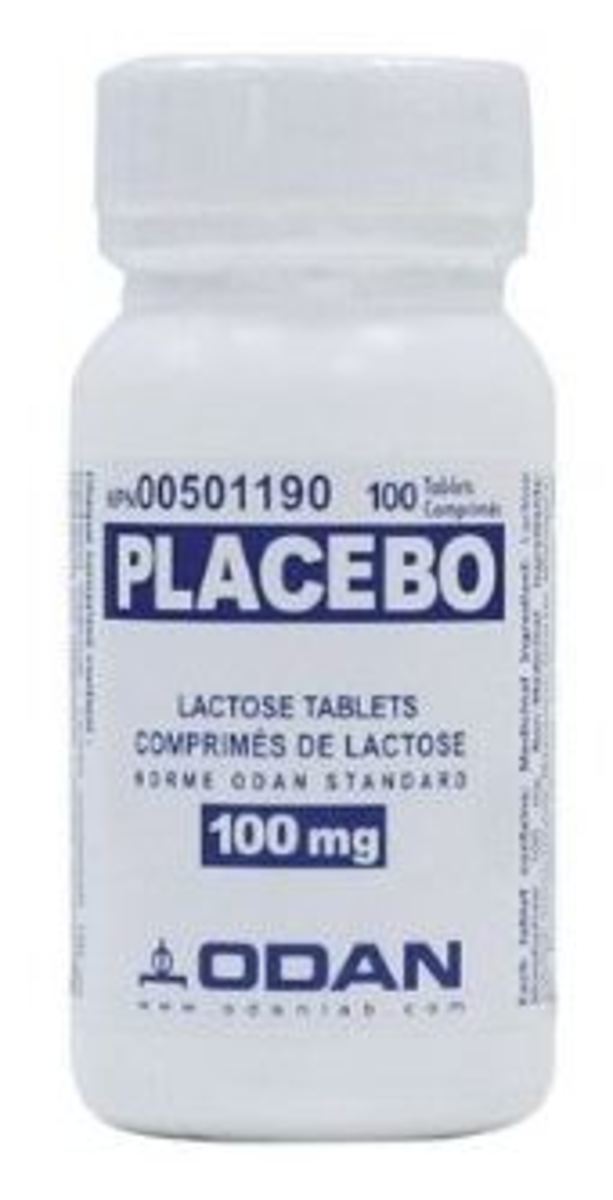Length Of Time On Warfarin, Coumadin, Or Other Anticoagulant After Pulmonary Embolism or Deep Vein Thrombosis (DVT)

Treatment After A Pulmonary Embolism Or Deep Vein Thrombosis
After a person experiences a pulmonary embolism, deep vein thrombosis, or other venous clot he or she will be placed on anticoagulation therapy. This therapy may include warfarin, Coumadin, Lovenox or other "blood thinners". The treating doctor has an important decision to make at this time. After a clot, one has to decide how long to continue blood thinners. This decision is very important. One must balance the risk of a subsequent clot with the risks of being on anticoagulants. Here are some of the factors considered by doctors after a clot.
Treatment After The First Blood Clot
After the first blood clot, a number of factors need to be considered. The first question will be what type of clot did the patient have and how significant was the clotting. Anticoagulation treatment will typically last 3 months - 1 year with some patients remaining on anticoagulation for life. If the patient had a DVT, doctors may recommend a shorter treatment time of 3-6 months. Due to the life threatening nature of having clots in the lungs, pulmonary embolism often requires treatment times of 6 months - 1 year. Typically, the more severe the clot, the longer the patient will be on warfarin, Coumadin, Lovenox, or another anticoagulant.
See My Other Hubs For More Information
- Broccololi Is Bad for Me? Questions, Answers, and Information about Coumadin (warfarin)
- Fly Safely, Prevent Blood Clots, Ear Pain, Motion Sickness, And Other Problems: Tips For Healthy Air
- Factor V Leiden
- Recovering From A Pulmonary Embolism - What To Expect During Recovery
- Thrombophilia: Factor V Leiden, Lupus Anticoagulant, Antiphospholipid Syndrome (APS) And Other Clott
- Recovering From A Pulmonary Embolism - What To Expect During Recovery
- Sticky Blood? Questions And Answers About Pulmonary Embolism, Deep Vein Thrombosis (DVT), Clotting,
- Factor V Leiden and Hypercoagulation, A Cause of Multiple Miscarriages, Clotting, and High Risk Preg
- Blood Thinners: Anticoagulants, Thrombolytics, and Antiplatelets
- What Questions To Ask A Doctor After Pulmonary Embolism
Lifelong Warfarin, Coumadin "lifers"
Some people will need to remain on warfarin, Coumadin, or other anticoagulation for life. Doctors will evaluate a number of factors before making this decision. Anticoagulation has risks. For this reason, doctors must weight the risk of side effects with the risk of death from a blood clot. Here are some things that will be considered:
- Location of the clot
- Number of clots that are found
- DId the clot have a specific, one time cause such as surgery, hormone medication, major injury, long haul flight, or other factor?
- Does the patient have any clotting conditions? If so, what are they and how significant are the clotting risks?
- Has the patient had clots before? If so, how many times and for what reasons?
If the clot was caused by a preventable event such as surgery and if the patient has had no other risk factors, it is likely that the doctor will opt for a short treatment. In this case, the patient will avoid the event that caused the clot. For instance, if she was on hormonal contraception, she will stop that form of birth control, do a short term period of anticoagulation, and then continue on without warfarin or another anticoagulant.
If a patient has had previous clots, the doctor will need to assess why he or she has had the clots. Typically, if the patient has had two or more unprovoked clots, the doctor will opt to place the patient on some form of lifelong anticoagulation. Often, these patients refer to themselves as warfarin lifers.
Many doctors will recommend that the patient be tested for clotting conditions if no cause for a clot is determined. Some patients will find it a good idea to request these tests even if there is a cause for the clot. Blood clotting conditions can significantly increase the risk of a clot and therefore death. If a patient knows that she or he has a clotting condition, the doctor and patient can make a joint, informed decision about remaining on warfarin for life. If a clotting condition is found, it is important that the patient understand how serious the condition is. This will help him or her consider lifelong warfarin therapy.
Repeating Anticoagulation When Risks Are High
Another option is for patients to do repeated rounds of anticoagulation as needed. These patients are more likely to use Lovenox than warfarin. Warfarin takes a build up time of about a week whereas Lovenox can be started instantly. These patients are at a higher risk than most people for clots, but, have what may be considered to be an "acceptable risk" that can be addressed at times when the risk is the highest. Times when Lovenox may be considered are:
- When traveling by car, plane, or train when one has had a clot and has other risk factors
- Any long haul flight after a previous clot
- During pregnancy
- After pregnancy
- During periods of bed rest
- During surgery is recommended in a few circumstances
- During illness when the patient is confined to the bed
- When there is to be major surgery
- During recovery from some surgeries such as a hip replacement or hysterectomy
More Information About Lifelong Warfarin Or Anticoagulation Therapy
Talk to your doctor about your risk factors and about the risks of lifelong Coumadin or anticoagulation therapy. Also, if you have a period of increased risk such as travel, surgery, or pregnancy and have a history of pulmonary embolism or deep vein thrombosis, discuss the benefits of short term Lovenox use.
For More Information Check Out These Links
- How long do blood thinning medications need to be taken after joint replacement?
Patient geared guidelines for clot prevention after orthopedic surgery. - What you need to know about Hypercoagulable States (blood clotting disorders)
This is a Cleveland Clinic site with a lot of details of different clotting conditions and how they can be a diagnosed. - Thrombophilia Awareness Project
This is some information about what tests may be useful to determine clotting risks. - INATE - the thrombosis (DVT and PE) resource for patients and professionals - - In-depth explanation
This site has a paragraph at the bottom about how your doctor will determine if you need to remain on anticoagulation therapy for longer than three months. - eMJA: Consensus guidelines for warfarin therapy
This is a site written for medical professionals that covers the guidelines for using warfarin and suggestions about dosage and length of treatment. - Travel Clot Prophylaxis
This site briefly describes using Lovenox as clot prevention while flying






